Hyundai IONIQ 6 vs Mercedes CLA Coupe – Which one offers the better deal?
Both models have their strengths – but which one suits you more?
Compare performance, efficiency, price and space directly: Hyundai IONIQ 6 or Mercedes CLA Coupe?
Costs and Efficiency:
When it comes to price and running costs, the biggest differences usually appear. This is often where you see which car fits your budget better in the long run.
Mercedes CLA Coupe has a slight advantage in terms of price – it starts at 37100 £, while the Hyundai IONIQ 6 costs 37600 £. That’s a price difference of around 526 £.
In terms of energy consumption, the advantage goes to the Mercedes CLA Coupe: with 12.20 kWh per 100 km, it’s to a small extent more efficient than the Hyundai IONIQ 6 with 13.90 kWh. That’s a difference of about 1.70 kWh.
As for range, the Mercedes CLA Coupe performs noticeable better – achieving up to 791 km, about 177 km more than the Hyundai IONIQ 6.
Engine and Performance:
Power, torque and acceleration say a lot about how a car feels on the road. This is where you see which model delivers more driving dynamics.
When it comes to engine power, the Hyundai IONIQ 6 has a distinct edge – offering 650 HP compared to 421 HP. That’s roughly 229 HP more horsepower.
In acceleration from 0 to 100 km/h, the Hyundai IONIQ 6 is clearly perceptible quicker – completing the sprint in 3.20 s, while the Mercedes CLA Coupe takes 4.10 s. That’s about 0.90 s faster.
In terms of top speed, the Mercedes CLA Coupe performs hardly perceptible better – reaching 270 km/h, while the Hyundai IONIQ 6 tops out at 257 km/h. The difference is around 13 km/h.
There’s also a difference in torque: Hyundai IONIQ 6 pulls distinct stronger with 770 Nm compared to 515 Nm. That’s about 255 Nm difference.
Space and Everyday Use:
Whether family car or daily driver – which one offers more room, flexibility and comfort?
Both vehicles offer seating for 5 people.
In curb weight, Mercedes CLA Coupe is distinct lighter – 1505 kg compared to 1850 kg. The difference is around 345 kg.
In terms of boot space, the Mercedes CLA Coupe offers slightly more room – 460 L compared to 401 L. That’s a difference of about 59 L.
When it comes to payload, Mercedes CLA Coupe to a small extent takes the win – 490 kg compared to 430 kg. That’s a difference of about 60 kg.
Who comes out on top?
Overall, the Hyundai IONIQ 6 shows itself to be slightly ahead and secures the title of DriveDuel Champion.
It convinces with the more balanced overall package and proves to be the more versatile choice for everyday use.
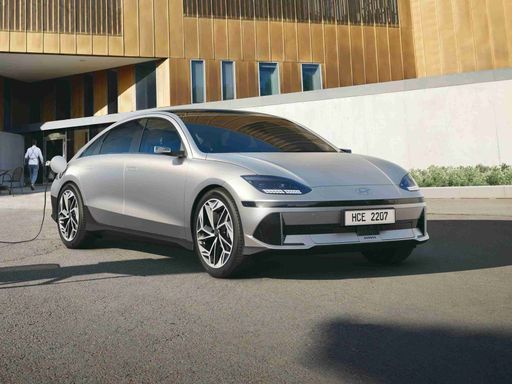
Hyundai IONIQ 6
Hyundai IONIQ 6
The Hyundai IONIQ 6 merges futuristic design with eco-friendly technology, offering a glimpse into the future of electric mobility. Its sleek silhouette and aerodynamic profile are sure to capture attention on the road, while the interior provides a seamless blend of comfort and cutting-edge digital features. With a focus on efficiency and sustainability, this model represents a significant step forward in the evolution of electric vehicles.
details @ hyundai.news
@ hyundai.news
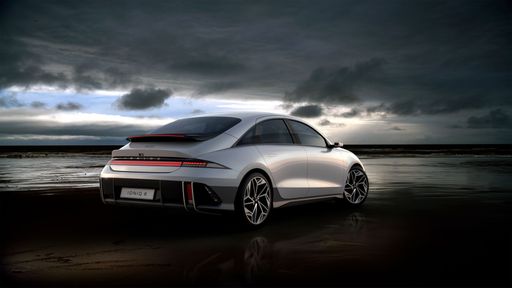 @ hyundai.news
@ hyundai.news
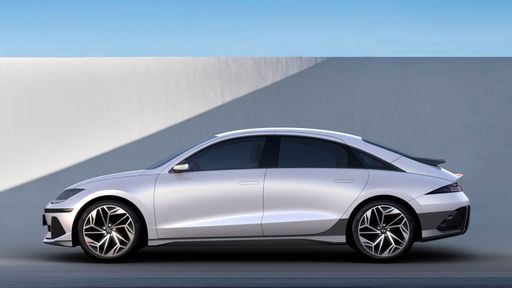 @ hyundai.news
@ hyundai.news
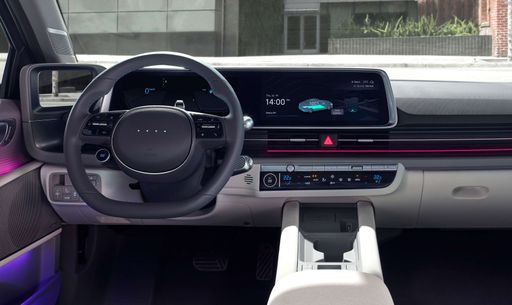 @ hyundai.news
@ hyundai.news
Mercedes CLA Coupe
The Mercedes-Benz CLA Coupé exudes sophistication with its sleek, aerodynamic design that effortlessly combines elegance and sportiness. Inside, the cabin offers a luxurious experience, featuring high-quality materials and state-of-the-art technology that ensure both comfort and connectivity for the driver and passengers. On the road, the CLA Coupé delivers a dynamic driving performance, characterised by responsive handling and a smooth ride, making it a joy to drive both in the city and on long journeys.
details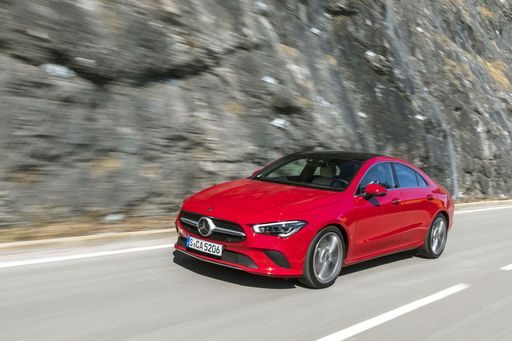 @ group-media.mercedes-benz.com
@ group-media.mercedes-benz.com
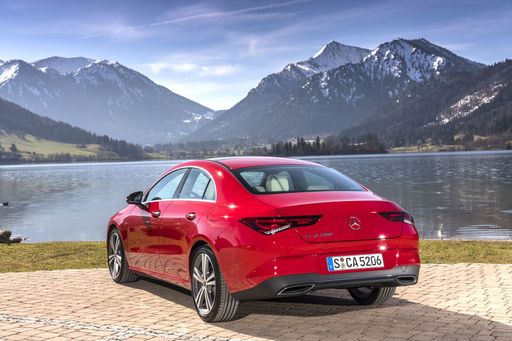 @ group-media.mercedes-benz.com
@ group-media.mercedes-benz.com
 @ group-media.mercedes-benz.com
@ group-media.mercedes-benz.com
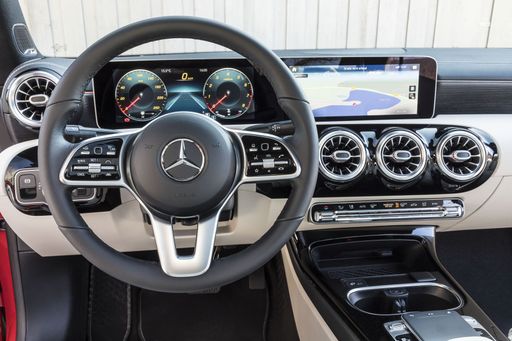 @ group-media.mercedes-benz.com
@ group-media.mercedes-benz.com

|

|
|
|
|
Costs and Consumption |
|
|---|---|
|
Price
37600 - 64300 £
|
Price
37100 - 73700 £
|
|
Consumption L/100km
-
|
Consumption L/100km
2.3 - 8.9 L
|
|
Consumption kWh/100km
13.9 - 15.1 kWh
|
Consumption kWh/100km
12.2 - 12.6 kWh
|
|
Electric Range
429 - 614 km
|
Electric Range
86 - 791 km
|
|
Battery Capacity
53 - 84 kWh
|
Battery Capacity
12.9 - 85 kWh
|
|
co2
0 g/km
|
co2
0 - 202 g/km
|
|
Fuel tank capacity
-
|
Fuel tank capacity
35 - 51 L
|
Dimensions and Body |
|
|---|---|
|
Body Type
Hatchback
|
Body Type
Coupe
|
|
Seats
5
|
Seats
5
|
|
Doors
4
|
Doors
4
|
|
Curb weight
1850 - 2095 kg
|
Curb weight
1505 - 2135 kg
|
|
Trunk capacity
401 L
|
Trunk capacity
395 - 460 L
|
|
Length
4855 - 4935 mm
|
Length
4692 - 4723 mm
|
|
Width
1880 - 1940 mm
|
Width
1834 - 1857 mm
|
|
Height
1495 mm
|
Height
1404 - 1468 mm
|
|
Max trunk capacity
-
|
Max trunk capacity
-
|
|
Payload
425 - 430 kg
|
Payload
440 - 490 kg
|
Engine and Performance |
|
|---|---|
|
Engine Type
Electric
|
Engine Type
Plugin Hybrid, Petrol MHEV, Diesel, Petrol, Electric
|
|
Transmission
Automatic
|
Transmission
Automatic
|
|
Transmission Detail
Reduction Gearbox
|
Transmission Detail
Dual-Clutch Automatic, Reduction Gearbox
|
|
Drive Type
Rear-Wheel Drive, All-Wheel Drive
|
Drive Type
Front-Wheel Drive, All-Wheel Drive, Rear-Wheel Drive
|
|
Power HP
151 - 650 HP
|
Power HP
116 - 421 HP
|
|
Acceleration 0-100km/h
3.2 - 8.8 s
|
Acceleration 0-100km/h
4.1 - 10 s
|
|
Max Speed
185 - 257 km/h
|
Max Speed
205 - 270 km/h
|
|
Torque
350 - 770 Nm
|
Torque
230 - 515 Nm
|
|
Number of Cylinders
-
|
Number of Cylinders
4
|
|
Power kW
111 - 478 kW
|
Power kW
85 - 310 kW
|
|
Engine capacity
-
|
Engine capacity
1332 - 1991 cm3
|
General |
|
|---|---|
|
Model Year
2022 - 2025
|
Model Year
2024 - 2025
|
|
CO2 Efficiency Class
A
|
CO2 Efficiency Class
B, D, E, G, A
|
|
Brand
Hyundai
|
Brand
Mercedes-Benz
|
What drive types are available for the Hyundai IONIQ 6?
Available configurations include Rear-Wheel Drive or All-Wheel Drive.
The prices and data displayed are estimates based on German list prices and may vary by country. This information is not legally binding.
